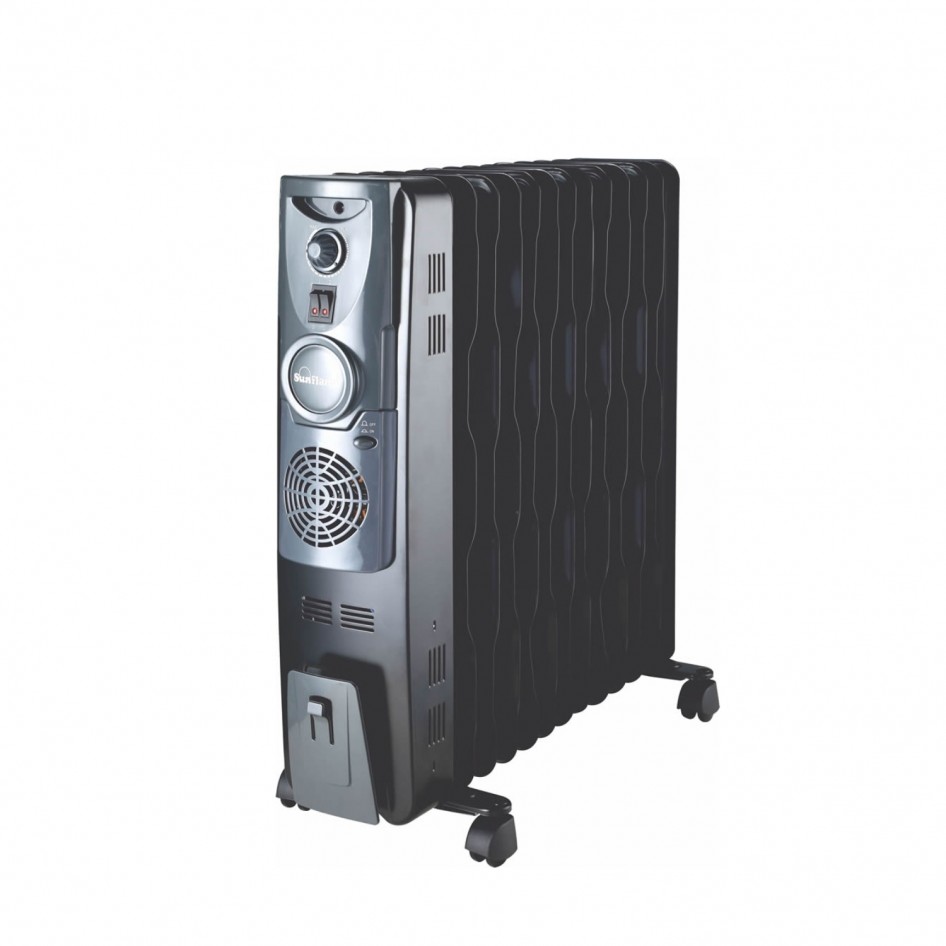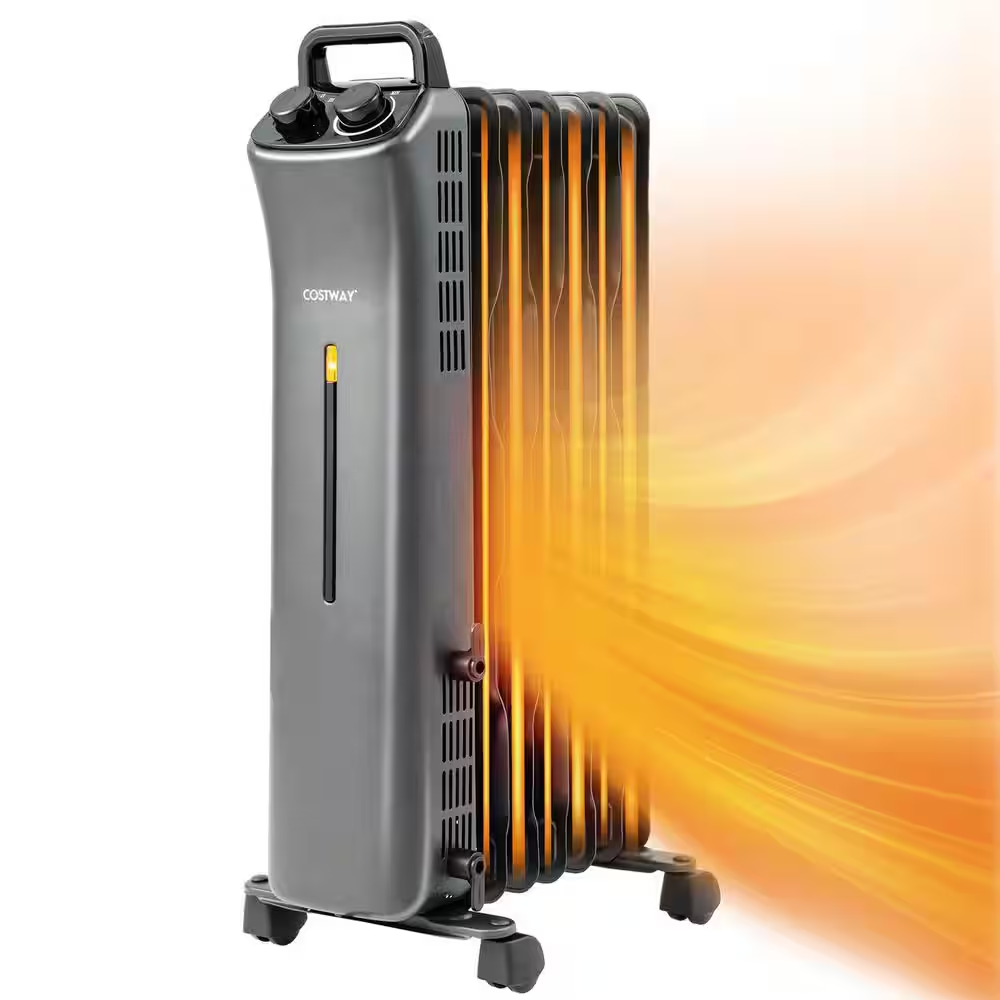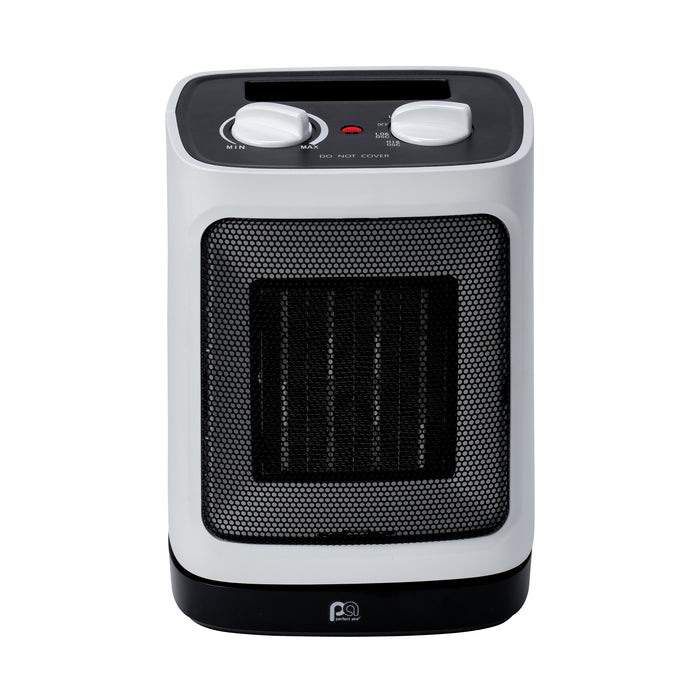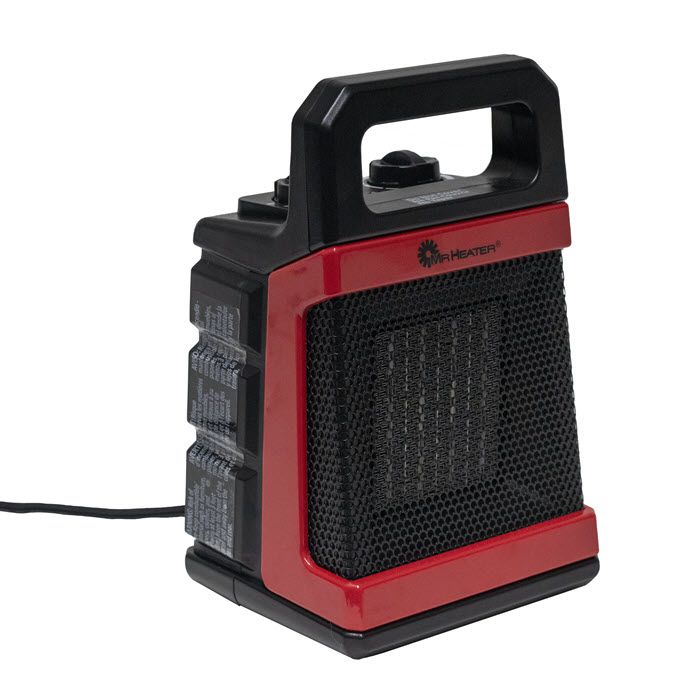As winter approaches and temperatures drop, finding an effective way to keep your home warm becomes a priority. Two popular options are oil heater vs ceramic heater, both offering distinct advantages and disadvantages. Choosing the right heating solution depends on various factors, including heating efficiency, safety, portability, and operating costs. This article explores the key differences between oil heaters and ceramic heaters to help you make the most informed decision for your home.
Understanding the Basics
What is an Oil Heater?
Oil heaters, also known as oil-filled radiators, utilize oil as a heat reservoir. The unit is filled with oil that gets heated by electric coils situated within the radiator. This heated oil then radiates warmth into the room. The oil remains in the unit, meaning it retains heat even after the heater is turned off, providing long-lasting warmth. These heaters are generally characterized by their bulky design and are often used as a primary or supplementary heating source in larger spaces.
What is a Ceramic Heater?
Ceramic heaters, on the other hand, employ ceramic plates and heating elements. The ceramic components heat up quickly, emitting warm air through a fan, which distributes the heat effectively throughout the room. Unlike oil heaters, ceramic heaters are usually compact and portable, making them ideal for localized heating in smaller areas or for use when you need quick heat.

Heating Efficiency
How Oil Heaters Work
Oil heaters excel when it comes to long-term heating efficiency. Once the oil inside the unit gets heated, it continues to radiate heat for an extended period, even after the heater is turned off. This feature makes them perfect for continuously heated rooms, as they maintain warmth without needing constant power. Additionally, their ability to maintain a consistent temperature helps reduce energy consumption over time, leading to potentially lower electricity bills.
The Quick Response of Ceramic Heaters
Ceramic heaters shine in situations requiring immediate warmth. They generate heat quickly, warming up a room in a matter of minutes. Ideal for small spaces, ceramic heaters can rapidly increase the temperature without having to wait for lengthy heating cycles. However, because they rely on a fan to distribute heat, they can cool down just as quickly once turned off. This aspect can make operating costs higher if used for short bursts, especially if you’re frequently cycling the heater on and off.
Safety Features
Safety in Oil Heaters
Safety is always a concern when it comes to heating solutions. Oil heaters typically have several safety features that protect against overheating and ensure safe operation. Most models come equipped with automatic shut-off mechanisms that activate once the heater reaches a certain temperature. The outer casing of oil heaters remains relatively cool, reducing the risk of burns, even after prolonged use. Additionally, most units have a tip-over switch, which shuts the heater down if it accidentally falls over.
The Safety Factor of Ceramic Heaters
Ceramic heaters also provide safety features, but their fan-driven operation means they can become hot to the touch. This factor necessitates caution, especially in homes with children or pets. While many ceramic models also feature overheat protection and tip-over switches, the fan’s presence makes them less safe than oil heaters in certain settings. The risk of fire can be higher if the unit is placed near flammable materials, so it’s essential always to maintain a clear space around the heater.

Portability and Size
The Bulkiness of Oil Heaters
When it comes to portability, oil heaters tend to be bulkier and heavier, which can make them more cumbersome to move between rooms. They usually come on wheels to aid in mobility, but their size can limit the flexibility of placement in compact areas. If you’re looking for a unit that can warm multiple rooms throughout the day, you may need to consider how easily the heater can be transported.
The Compact Nature of Ceramic Heaters
Ceramic heaters are generally lightweight and compact, making them easy to transport and place in various locations. Their size allows them to fit snugly in smaller spaces, such as apartments or guest rooms. If your heating needs are localized, a ceramic heater can provide warm air where you need it without taking up too much room. For individuals or families who frequently rearrange their indoor spaces or have limited square footage, this feature often proves invaluable.
Operating Costs
Initial and Operational Expenses for Oil Heaters
Oil heaters typically have a higher initial cost compared to ceramic heaters, mainly due to their size and construction materials. However, because they provide long-lasting heat, their energy consumption can lead to lower operating costs in the long run. If used as a primary heating source, many users find that oil heaters allow for consistent warmth without dramatically increasing energy bills. For those looking to invest in a heater that will last through several winters, an oil heater could provide good value over time.
Lower Upfront Costs with Ceramic Heaters
Ceramic heaters usually come at a lower price point, making them accessible for immediate use. Their quick heat production means you spend less time waiting for comfort, which can be appealing for quick bursts of warmth. However, due to their reliance on electric fans and shorter heating cycles, operating costs can add up if you use them extensively. Using a ceramic heater for longer periods can cause a spike in your electric bill, particularly in colder climates.
Environmental Impact
Oil Heaters and Energy Efficiency
The energy efficiency of oil heaters may make them a more environmentally friendly option in the long run. Their ability to retain heat means you may use less energy overall, thus minimizing your carbon footprint. Furthermore, many oil heaters are designed to meet energy-efficient standards. If sustainability is a major concern, choosing an oil heater over another type may align better with your values.
The Eco-Friendliness of Ceramic Heaters
Ceramic heaters, while quick to heat, generally rely on electricity from the grid, which may or may not come from renewable sources. This reliance can make them less environmentally friendly than oil heaters, especially if used extensively. However, they do offer instant heating that can save energy by providing focused warmth instead of heating an entire room. If used responsibly and selectively, ceramic heaters can still contribute to energy-efficient practices.

Making the Right Choice
Assessing Your Heating Needs
When deciding between oil heater vs ceramic heater, consider your specific heating needs. If you require long-lasting warmth and plan to heat larger spaces consistently, an oil heater might be the better choice. Its efficiency and heat retention capabilities make it perfect for long winters. Conversely, if you need a heater that provides rapid warmth in smaller areas, like a home office or bedroom, a ceramic heater can meet those requirements effectively.
Additional Considerations
Other factors to consider include room size, number of occupants, and usage patterns. For instance, in homes with children or pets, the safety features of an oil heater could be more appealing. If your living situation involves frequently moving the heater around, the portability of ceramic heaters may make them more convenient. Additionally, think about your budget and how long you expect to use the heater. Your individual circumstances and preferences will inform the best option for your home.
Finding Your Ideal Heater
Both oil heater vs ceramic heater have their own strengths and weaknesses, making them suitable for different situations. By evaluating the factors outlined in this article, including heating efficiency, safety, portability, and operating costs, you can make a more informed choice that fits your needs and lifestyle.
Ultimately, the right heater will enhance your comfort during the cold months while considering safety and efficiency. Whether you opt for the long-lasting warmth of an oil heater or the quick, compact benefits of a ceramic heater, you’ll find numerous options available to ensure your home stays warm and inviting throughout the winter season. Choose wisely, and embrace the coziness that comes with effective heating!


